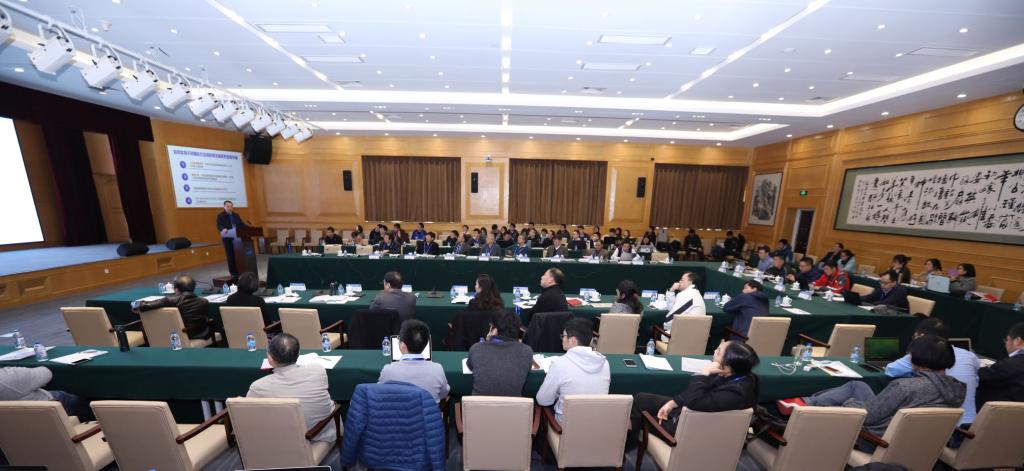On March 23 and 24, Beihang University hosted the opening ceremony of Computational Simulation of Neutron Irradiation of Fusion Metallic Materials Program of ITER (International Thermonuclear Experimental Reactor) Project. The ceremony was attended by Zhao Jing, Deputy Director of ITER China of the Ministry of Science and Technology (MOST), Tao Zhi, Vice President of Beihang University, Wang Rongqiao, President Assistant and Director of Institute of Science and Technology, as well as more than 80 experts, directors and leading figures of the research program. Prof. Lu Guanghong, Chief Scientist of the program and Dean of the School of Physics and Nuclear Energy Engineering, presided over the opening ceremony.

Speeches were delivered respectively by Tao Zhi, Zhao Jing and Liu Xiang, an expert of the program.
Tao introduced the program-related information of Beihang and physics. Beihang has paid great attention to the research in thermonuclear experiments, in which major progress has been made. The university will provide guarantee and support in all aspects to advance the program.
Then Zhao shared the historical background and the goals of ITER from the perspective of national strategic demands. She recognized the preliminaries and efforts of the program, and expressed the expectation that the members of the program team could unite to overcome difficulties and successfully complete the research tasks.
Liu, on behalf of the experts of the program, expected the group members to cooperate closely to build a simulation platform for neutron irradiation and work on the computational simulation of neutron irradiation of fusion metallic materials, which could provide guidance for future fusion reactor construction.

During the following seminars, Lu Guanghong and other five program directors gave reports on their programs and subjects. Some leading figures delivered speeches on their tasks. At the expert group meeting held at the same time, the members of the expert group commented on the implementation, direction and core contents of the research.
ITER (International Thermonuclear Experimental Reactor) is an international nuclear fusion research and engineering megaproject. The project is funded and run by seven member entities—the European Union, India, Japan, China, Russia, South Korea, and the United States. According to the ITER Agreement signed in November, 2006, ITER with a cost estimate of 120 billion dollars is to be constructed in 2025 in Cadarache, southern France, and it is designed to produce 500 MW of fusion power. It is another international scientific megaproject after the International Space Station Program and one of the most ambitious energy projects in the world today. Also, ITER Project is the largest international scientific and technological joint project undertaken by China.

China International Nuclear Fusion Energy Project is a domestic supporting project implemented by ITER China (China International Nuclear Fusion Energy Project Execution Center) of Ministry of Science and Technology. Since the launch of ITER in 2009, Beihang has been charged with 4 ITER programs and 7 tasks and participated in many. As chief scientist, Lu Guanghong got approval for his program Plasma-Wall Interactions in Tokamaks in 2009 and received further support in 2013. In 2012, Prof. Wang Tianmiao got approval as chief scientist for the program of Theory and Key Technology of Remote Controlled Robots in Nuclear Environment. The Ministry of Science and Technology (MOST) approved 9 supporting programs last year. The program hosted by Beihang this time is divided into 5 tasks, whose participants include Hunan University, China Institute of Atomic Energy, Hefei Institute of Physical Science of Chinese Academy of Sciences, Shanghai Jiao Tong University, Huazhong University of Science and Technology and other domestic universities and research institutes, with a total approved fund of 14.84 million yuan.
Reported by Jin Shuo
Edited by Jia Aiping
Reviewed by Lu Guanghong
Translated by Zhao Yue

